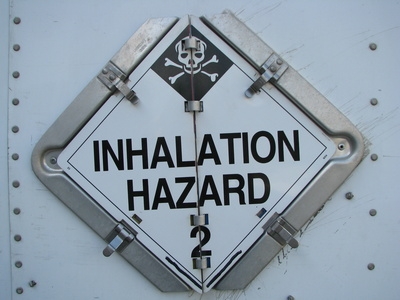
Hazardous materials refer to substances that can cause negative health effects to people, as well as damage to the environment. Hazardous waste and products containing toxic chemicals need special containers, which guarantee safe transportation. Such containers vary according to material and design, but should follow the United Nations and the U. S. Department of Transportation guidelines, which also include the correct labeling of the containers.
These containers are used to transport radioactive materials. While Type A is used to ship radioactive material, Type B containers are design to safely carry materials with the highest levels of radioactivity. Both containers must pass a series of security tests, including penetration, vibration, compression and free drop. Type B containers must withstand more rigorous tests, including temperatures above 1,000 degrees F for 30 minutes. According to the World Nuclear Association, there are more than 150 models of Type B packages. Some of these containers have a layer of polyurethane foam and a stainless-steal outer layer, protecting the inner vessel where the steel or lead drums containing radioactive material stay.
The 4G fiberboard box is a shipping container made of corrugated fiberboard, configured to meet United Nations regulations on the transportation of hazardous materials. These boxes generally have a double wall of corrugated fiberboard or cardboard. To follow UN requirements, the outer surface must have a low water absorption when tested over a 30-minute period, according to the Oak Ridge National Laboratory. These containers can be used as single packaging for hazardous materials in solid state.
Used sharps, clinical specimens and other medical waste is often disposed of in the hospital's incinerator. However, small hospitals and rural medical facilities often do not have waste incineration facilities on site, thus requiring shipping containers. Medical waste containers are often made of a single plastic vessel, but some types can contain an inner receptacle to keep the contaminated wastes, protected by an impact-resistant outer container. This type of double-layer container is leak-, impact- and puncture-resistant.